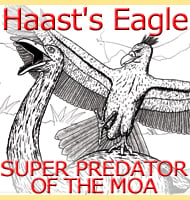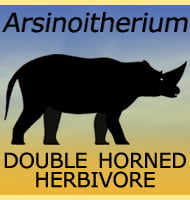In Depth
Although only described from very incomplete remains, a number of things can be inferred about Barreirosuchus. Comparison to other notosuchian genera indicates that in life Barreirosuchus may have been up to four meters long. The discovery of a nearby turtle rib is also taken as an indication that Barreirosuchus was at least semi-aquatic. This is further supported by the observation that the eyes would have been very high up on the skull, something which means that when in the water, Barreirosuchus could have lurked just below the surface with only the eyes visible above it.
Barreirosuchus has been considered to be very similar to the genera Caririsuchus and Itasuchus. Other notosuchians known from the Adamantina Formation that Barreirosuchus may have come into contact with include Mariliasuchus, Armadillosuchus, Morrinhosuchus and Adamantinasuchus.
Further Reading
Barreirosuchus franciscoi, um novo Crocodylomorpha Trematochampsidae da Bacia Bauru, Brasil - Fabiano Vidoi Iori & Karina Lucia Garcia - 2012.









